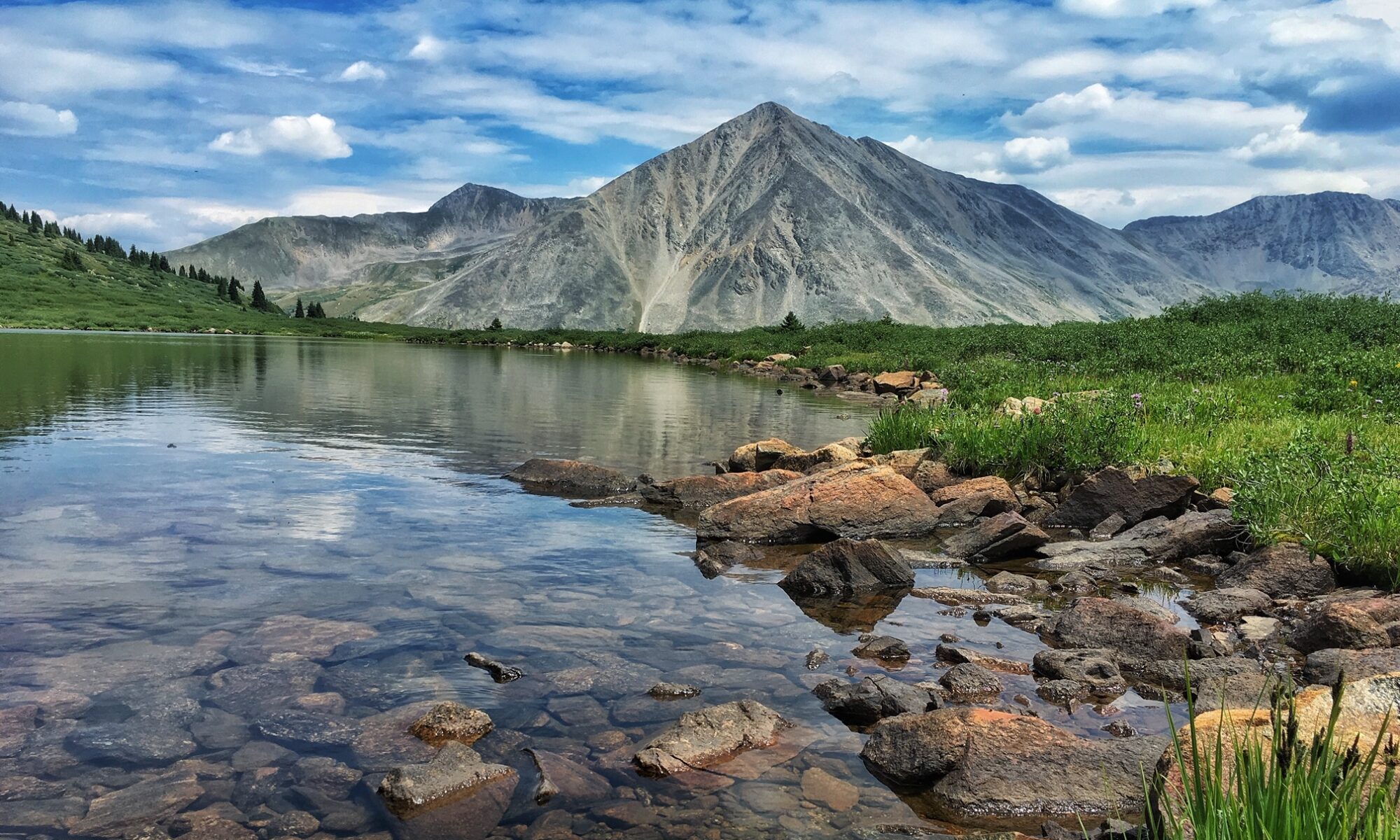If life was only about fly fishing, then the move was foolish. In May of 2006, I did something that makes no sense at all for a fly fisher. I moved my family from Montana’s Gallatin Valley to Libertyville, Illinois, a community thirty-eight miles north of downtown Chicago. In many respects, Libertyville reminds me of Bozeman, Montana. It is a wonderful community in which to live. But I had compelling reasons to make the move, and I haven’t regretted it. Still, though you can take the fly fisher out of the Greater Yellowstone ecosystem, you can’t take the Greater Yellowstone ecosystem out of the fly fisher.
I return to fly fish the Yellowstone area once or twice every year since I’ve moved. Here are my top ten reasons to cancel all your other vacation plans and fly fish the Yellowstone ecosystem.
1. Your choice of blue-ribbon waters
There’s the Yellowstone, the Madison, and the Gallatin. In Yellowstone National Park (YNP), you have the Lamar, Slough Creek, and the Firehole (in addition to the Madison and the Yellowstone).
2. The meal at the end of the day.
You can wrap up your day with a tender cut of steak at Sir Scott’s Oasis in Manhattan or The Rib and Chop House in Livingston. Or, if you want to go with pizza, there’s Colombos in Bozeman.
3. The spectacular scenery.
Nothing compares with the majestic, snow-capped Absarokee-Beartooth Mountains that tower over the Yellowstone River as it flows through Paradise Valley.
4. Bio-diversity.
You can fly fish big rivers, small streams, spring creeks (in Paradise Valley), and even lakes (like Henry’s Lake or Yellowstone Lake in YNP).
5. Ample access.
Thanks to a good supply of public fishing accesses and Montana’s “streamside access law,” you can fish for miles on any of the big rivers without fear of being kicked off by a landowner or arrested by a game warden.
6. Three-season success.
The fishing can be superb in three out of the four seasons. Spring and fall can be as good or better than summer. I’ve caught fish in all twelve months of the year, but winter is slow.
7. The prolific hatches.
From the fabled Mother’s Day Caddis hatch to the sure and steady Blue Winged Olive (BWO) and Pale Morning Dun (PMD) hatches, the trout can become ravenous. Don’t forget hoppers in August.
8. Wildlife sightings.
You’ve got to be careful here, but you’ll have a chance to see everything from bald eagles to sandhill cranes to wolves to deer to grizzly bears. If you fish the Madison inside YNP in the fall, you may get to hear one of nature’s most stirring sounds … the bugle of a bull elk.
9. World class guides and fly shops.
The guides in the fly shops in Bozeman, Livingston, Gardiner, and West Yellowstone all know their stuff. You can get helpful tips and reliable information from them. Better yet, you can book a day float trip or a wade trip.
10. The chance to fish for Yellowstone Cutthroats.
It’s worth fishing the Yellowstone River inside Yellowstone National Park just to encounter these beautiful fish. Some of the bigger cutthroat I’ve caught in the Park have been as fat as footballs.
So what are you waiting for? I hope to see you soon on a river somewhere near Bozeman. Just don’t get too close. I like a little solitude. But please wave at me from across the river.







